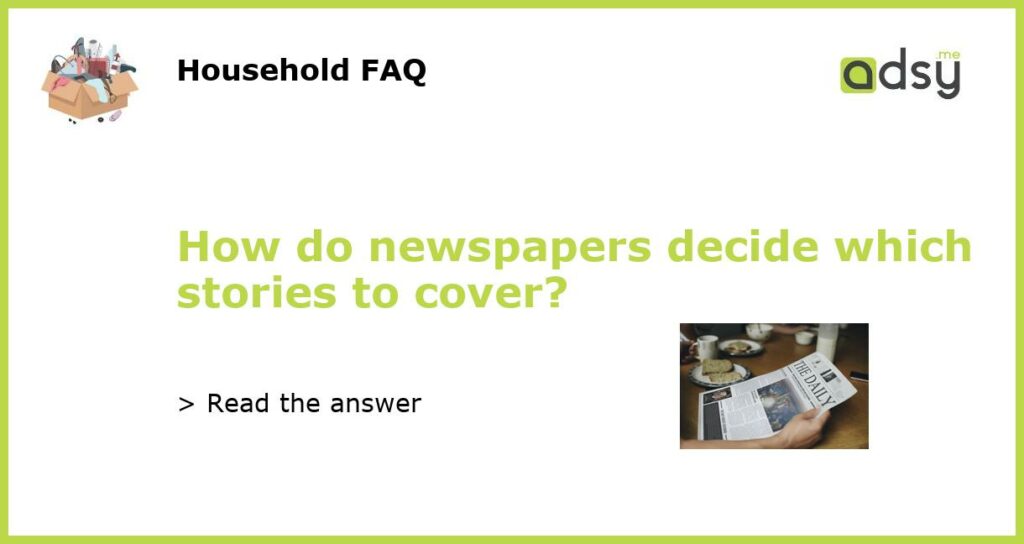The News Agenda: A Balancing Act
Deciding which stories to cover is a balancing act for newspapers. Every day, journalists must determine what news is most important to their audience. This process is known as the news agenda and it involves a combination of editorial judgment and audience analytics.
The Criteria for Newsworthiness
The news agenda is shaped by what journalists consider to be the criteria for newsworthiness. These include the impact of the story on the community, its proximity, its timeliness, its novelty, its human interest, and its consequence. Stories that satisfy one or more of these criteria are more likely to be covered.
Editorial Judgment vs. Audience Analytics
The news agenda is influenced by both editorial judgment and audience analytics. Editorial judgment is the subjective decision-making of journalists based on their professional expertise, training and ethical principles. Audience analytics, on the other hand, is the objective data collected from readership metrics such as clicks, shares, comments, and engagement.
The Role of News Values
News values are the underlying principles that guide the selection and presentation of news. They reflect the societal and cultural norms and values that influence what people consider to be important and relevant. News values include conflict, prominence, timeliness, proximity, consequence, human interest and more.
The News Business Model
Finally, the news agenda is also influenced by the business model of newspapers. The economic pressures of the industry, such as declining advertising revenue, have led newspapers to prioritize click-bait stories over quality news. However, this trend is changing as journalists and audiences demand more substantive reporting.






